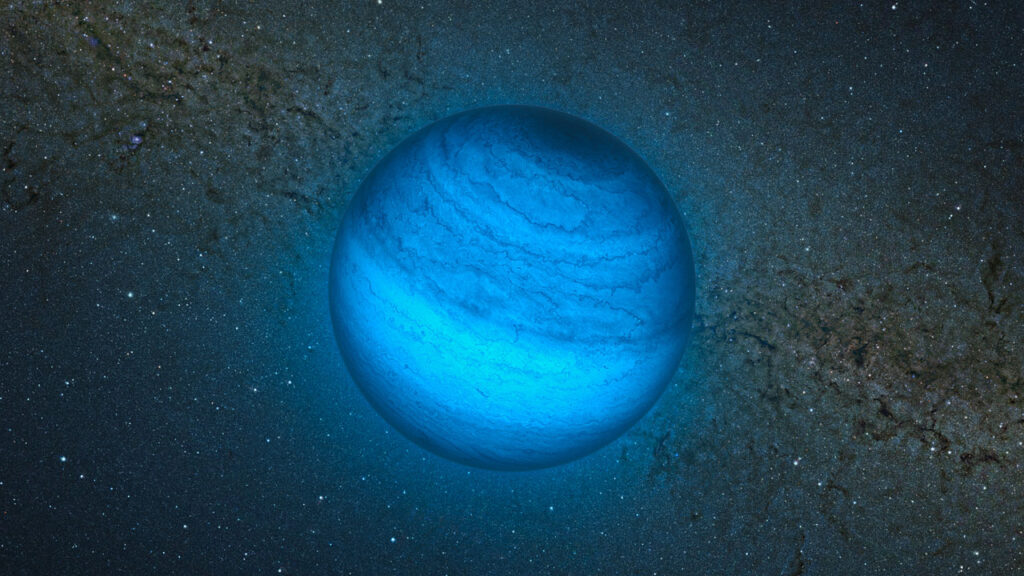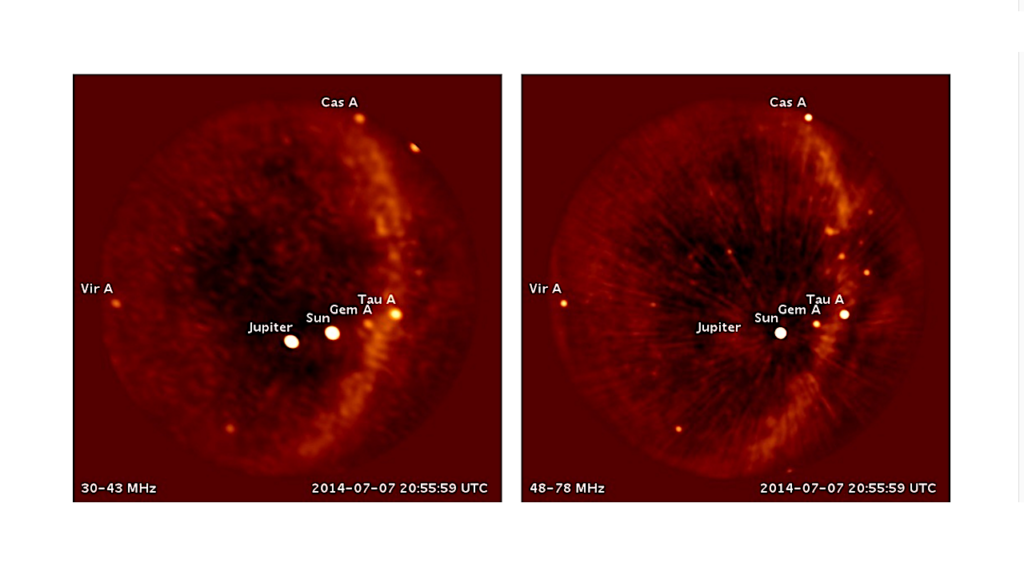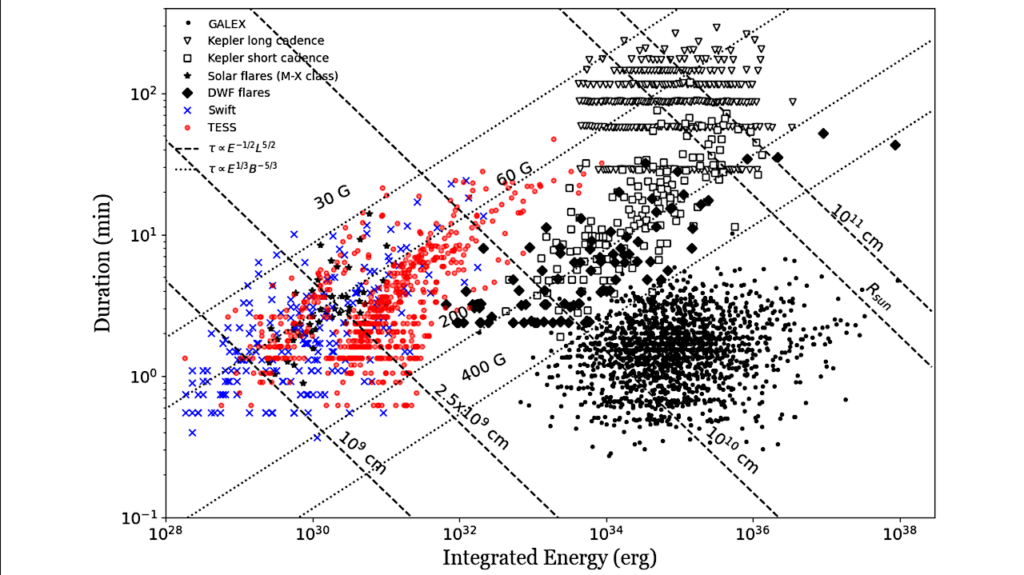Temperature Structures Associated With Different Components of the Atmospheric Circulation On Tidally Locked Exoplanets

Observations of time-resolved thermal emission from tidally locked exoplanets can tell us about their atmospheric temperature structure. Telescopes such as JWST and ARIEL will improve the quality and availability of these measurements.
This motivates an improved understanding of the processes that determine atmospheric temperature structure, particularly atmospheric circulation. The circulation is important in determining atmospheric temperatures, not only through its ability to transport heat, but also because any circulation pattern needs to be balanced by horizontal pressure contrasts, therefore implying a particular temperature structure.
In this work, we show how the global temperature field on a tidally locked planet can be decomposed into contributions that are balanced by different components of the atmospheric circulation. These are the superrotating jet, stationary Rossby waves, and the divergent circulation.
To achieve this, we partition the geopotential field into components balanced by the divergent circulation and the rotational circulation, with the latter comprising the jet and Rossby waves. The partitioned geopotential then implies a corresponding partitioning of the temperature via the hydrostatic relation.
We apply these diagnostics to idealised general circulation model simulations, to show how the separate rotational and divergent circulations together make up the total three-dimensional atmospheric temperature structure. We also show how each component contributes distinct signatures to the thermal phase curve of a tidally locked planet. We conclude that this decomposition is a physically meaningful separation of the temperature field that explains its global structure, and can be used to fit observations of thermal emission.
Neil T. Lewis, Mark Hammond
Comments: Submitted to AAS journals. Comments welcome and appreciated
Subjects: Earth and Planetary Astrophysics (astro-ph.EP); Atmospheric and Oceanic Physics (physics.ao-ph)
Cite as: arXiv:2204.06503 [astro-ph.EP] (or arXiv:2204.06503v1 [astro-ph.EP] for this version)
Submission history
From: Neil Lewis
[v1] Wed, 13 Apr 2022 16:40:59 UTC (5,089 KB)
https://arxiv.org/abs/2204.06503
Astrobiology,








